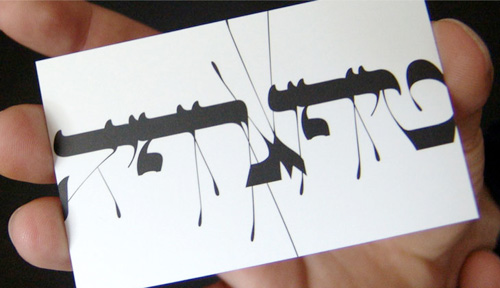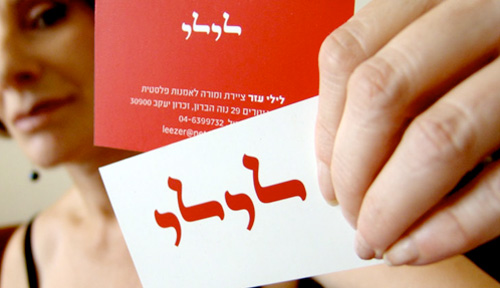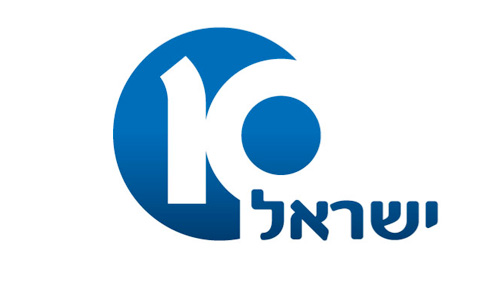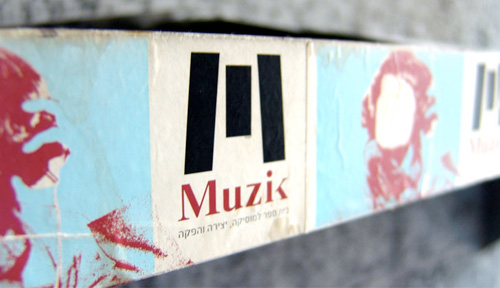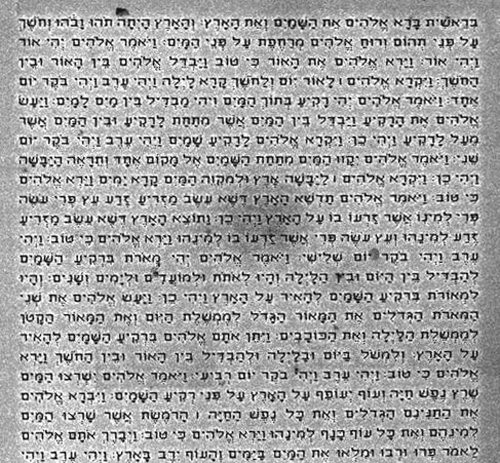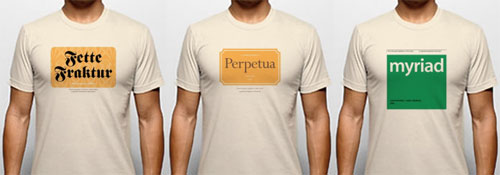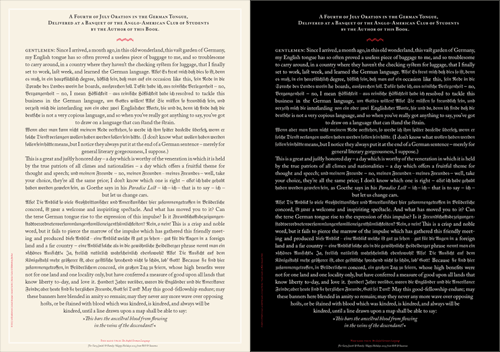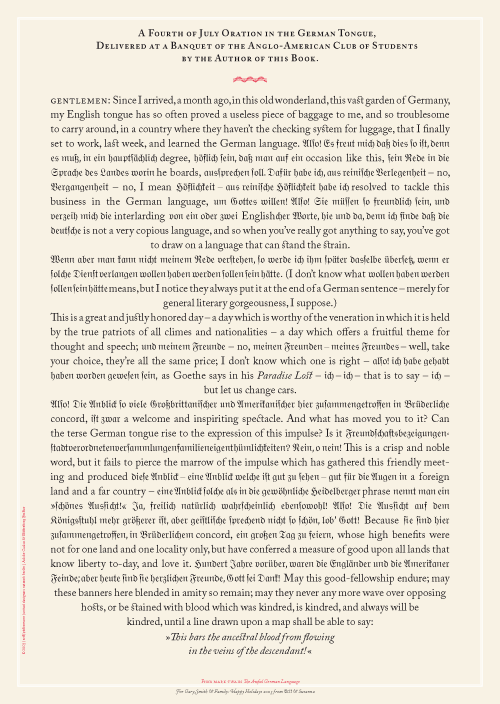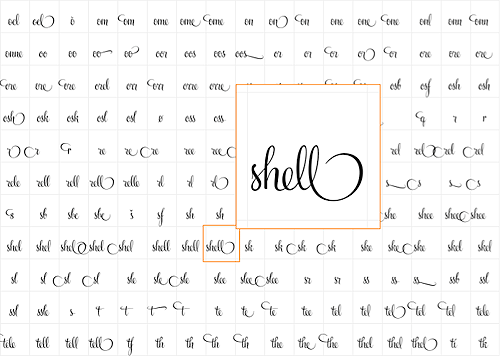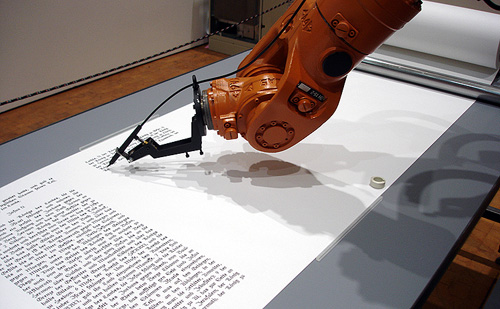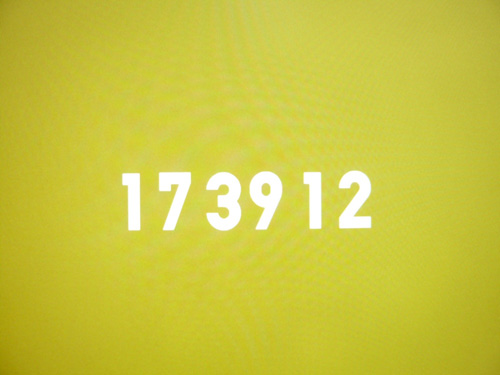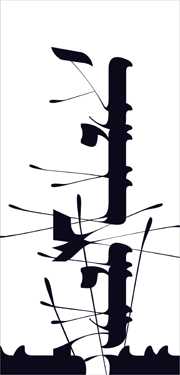
I’ve been meaning to write something about Oded Ezer for ages, ever since seeing his contribution to the Urban Forest Project (at right). Unfortunately I know only a little about Hebrew typography and calligraphy so I can’t write from any qualified angle on it. Ezer’s work is just amazing though, and so I add another entry to my ever-expanding Things To Learn Or Find Out More About list - Hebrew! Recently I saw a link on Notcot about his recent Ketubah project, which looks great, but I’m having a little difficulty working it out. The closeups show what appear to be cut out letterforms folded over to form new shapes, but the photos don’t say whether they’re printed to look like that or they’ve actually been cut out and stuck down again. I’m hoping the former. Below are some images of his work that I’ve saved for inspiration. Take a look at his site for more, and here for some samples of his poster work.
From Ketubah:
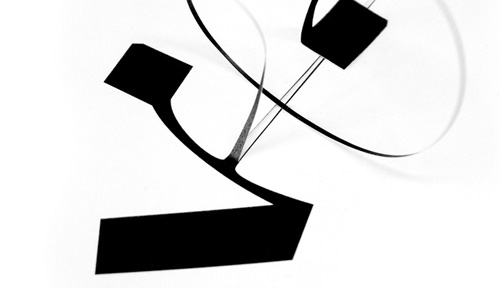
Other inspirational images from Oded Ezer’s site. These really are lovely.
